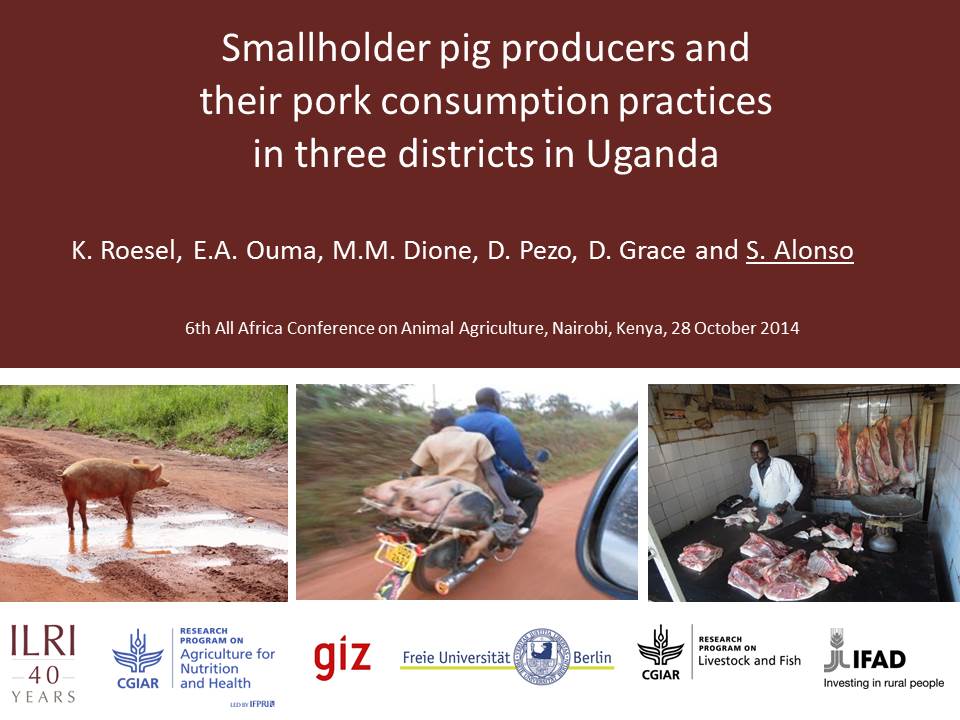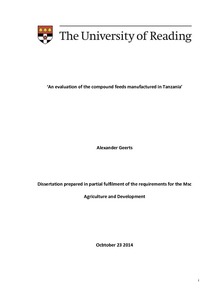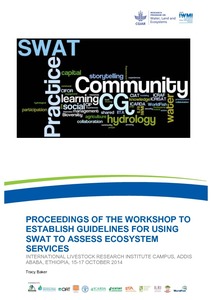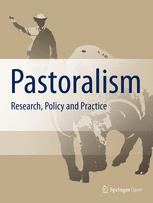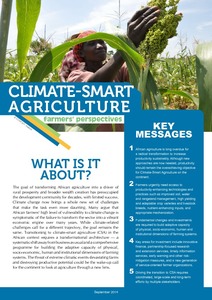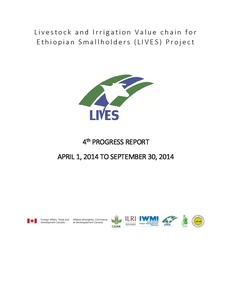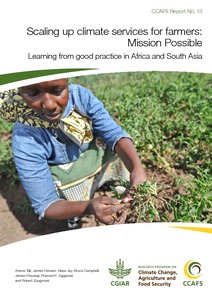Smallholder pig producers and their pork consumption practices in three districts in Uganda
Pig production is thriving in Uganda and the demand for pork is increasing, therefore offering potential for smallholder farmers for increased income through pig production. A multi-disciplinary value chain assessment conducted by the International Livestock Research Institute aimed to identify constraints and opportunities for pig producers as well as shortcomings in the safety of pork products in three districts in Uganda. Tools from participatory research were used to assess pork consumption habits as well as knowledge, attitudes and practices on pork safety among 295 pig producers.

